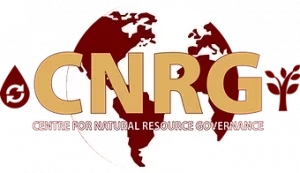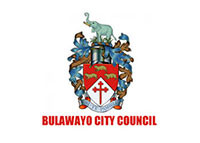
NATURAL resources watchdog, Centre for Natural Resource Governance (CNRG) has called for risk management in mining as accidents continue to be a “scourge” in the sector.
This comes as the beginning of the year saw 15 artisanal miners getting trapped at the Redwing Mine in Penhalonga, near Mutare, after a shaft collapsed during underground mining operations.
In a statement commemorating the June 6, 1972 Kamandama mine disaster where 427 Hwange mine workers perished, CNRG said the first two months of this year had already seen 37 mining accidents.
“To date, mine accidents continue to be a scourge in the murky, but lucrative mining sector, with statistics showing that accidents in Zimbabwe’s extractive sector killed at least 237 people in 2023, making it one of the worst years in the country’s mining history,” CNRG said.
“According to the Chamber of Mines 2023 survey, 80% of the mine fatalities were underground. Already, the year 2024 began on a bad note when at least 15 miners were trapped underground at Redwing Mine.”
CNRG said the first two months of 2024 recorded 33 fatalities and 27 serious injuries from mining accidents, further underlining the need for risk management in the mining sector.
“Lack of critical equipment maintenance, poor structural integrity inspections and human errors like safety protocol violations were identified as contributing factors. This underscores the need for stronger compliance, monitoring and worker training,” CNRG said.
The organisation said occupational health and safety challenges were also prevalent, with mining accidents and injuries, occupational hazards and environmental pollution being major concerns in the mining sector.
- Smuggling of gems bleeding Zim’s economy
- Erik ten Hag: Manchester United appoint Ajax boss as club’s new manager
- Zimbabwe’s smuggled gold destined for China
- Smuggling of gems bleeding Zim’s economy
Keep Reading
“Artisanal and small-scale gold mining (ASGM) is characterised by a high prevalence of injuries and fatalities due to numerous hazards and a lack of safety standards which heighten the risks associated with mine collapses and accidents,” CNRG said.
“To curb the recurrence of mining accidents, CNRG calls for the tightening of regulations and inspection and structured decommissioning of mines to dissuade artisanal miners from reopening dangerous disused shafts.”
The resources watchdog said it believed in maintaining safety standards in the country’s mining culture and operations as it would lead to zero harm initiatives in most mines through collaborative efforts.
“For a country that has the mining industry as a key sector, protecting the industry’s workforce by preventing hidden dangers should be the overarching goal,” CNRG said.
It called for rigorous audits and stiffer penalties should miners fail to implement safety standards, mining firms to be proactive, conduct regular mine inspections and maintenance, robust policies, consistent training and awareness campaigns targeted ASGM spots.
CNRG said there should also be strict enforcement of safety protocols, and emergency response plans for mining companies should be a demonstrable effort on the value placed on occupational safety.
“Investment should be made in personal protective equipment inclusive of gas monitors, emergency exits, fire suppression and other safeguards,” CNRG said.










